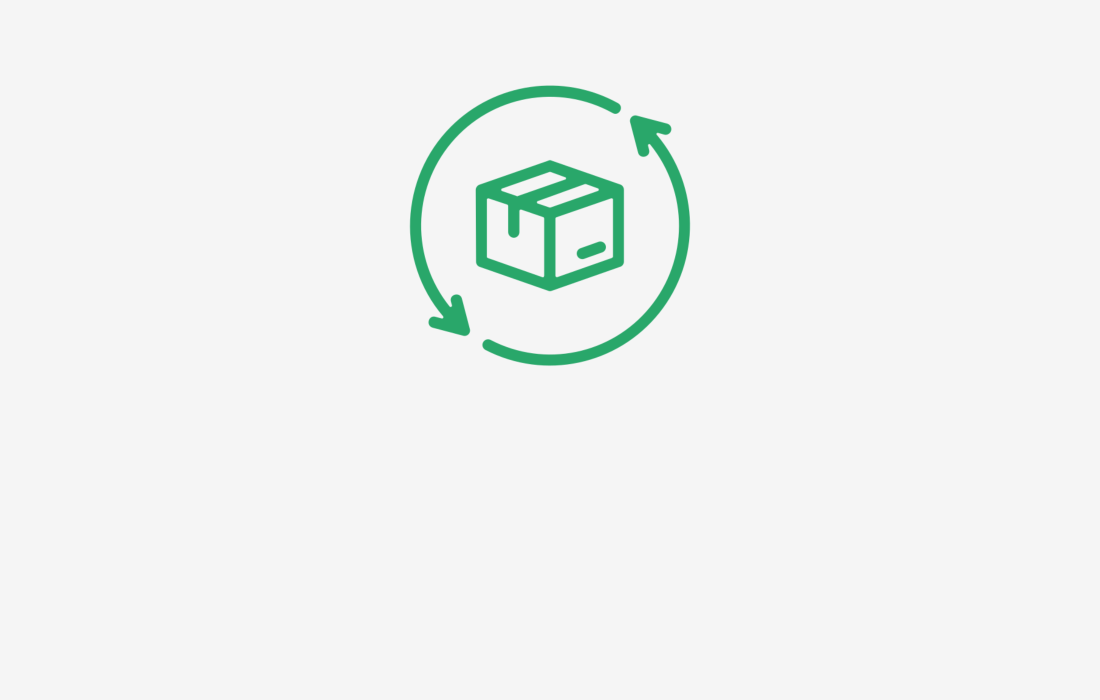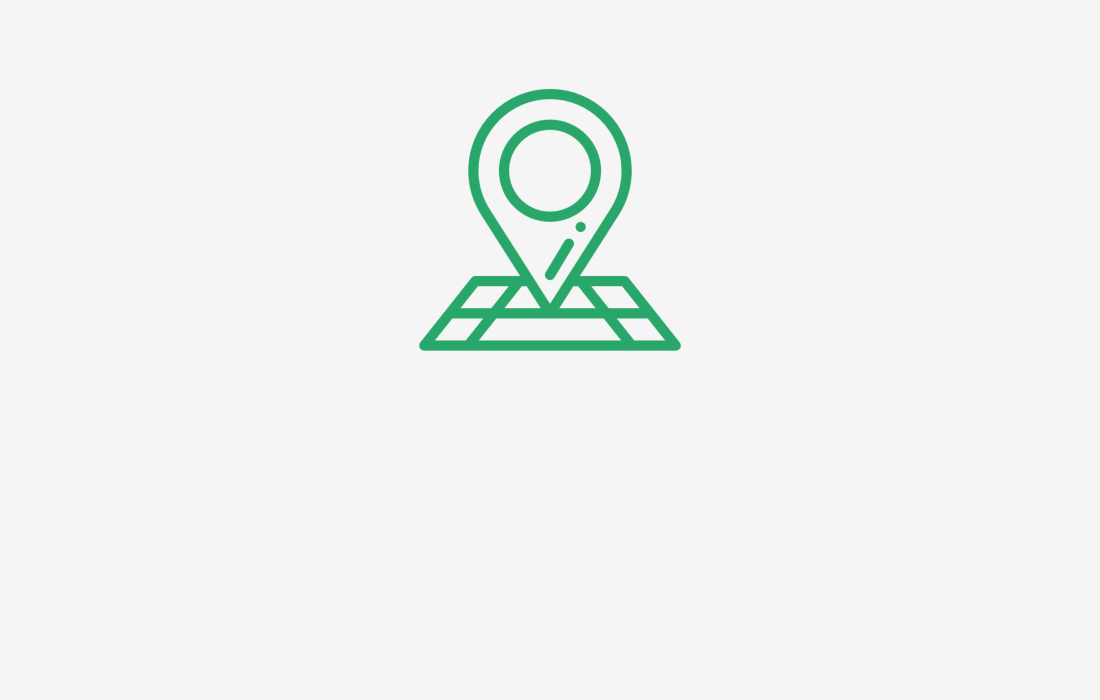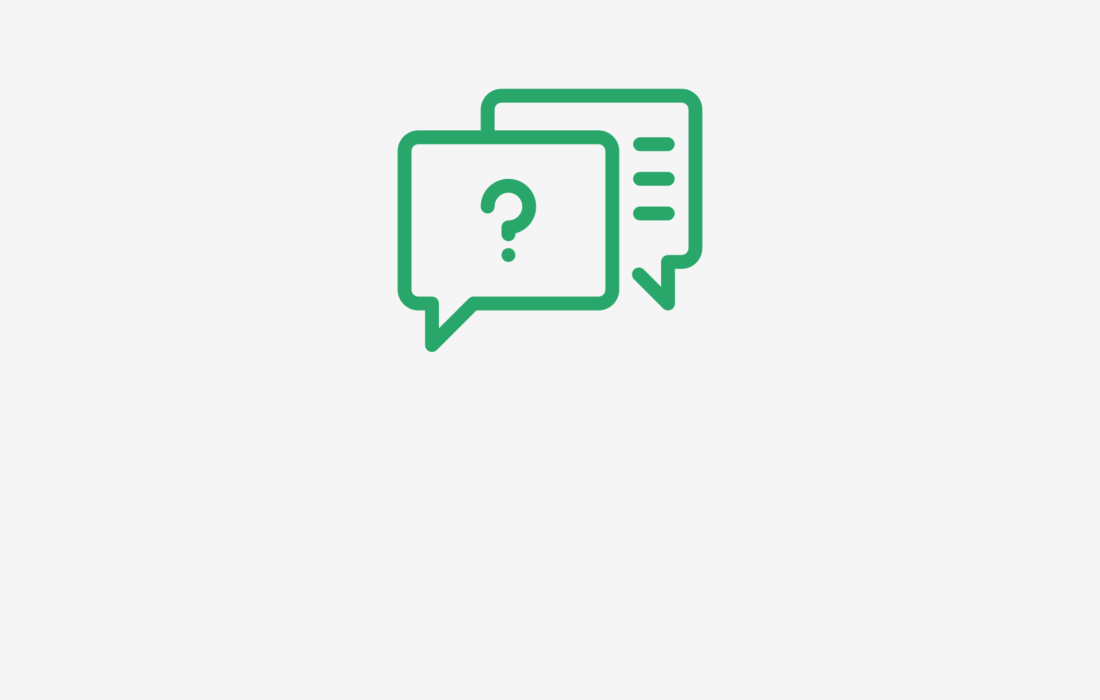Empty cart
No products in the cart.
Return to Shop

When it comes to on page SEO, people think it’s the easiest thing to do because all it takes is some quick editing, right? Well, on page SEO takes time and you have to monitor it to be sure everything is working well. If your pages aren’t working well, guess what? You need to go and edit them a little better so they’re optimized just right!
Just “winging it” when it comes to on page optimization is going to come back and bite you in the rear end because you’ll have to edit those pages later on. You won’t have the rankings you deserve, you will create more work for yourself, and you’ll be overly frustrated in the long run. So why not take a little extra time and do it right on your first attempt?
There are a few things you need to focus on when you’re starting your on page SEO journey to do everything right as your website ages, and they are:
Keyword Research
If you’re assuming what your keywords are, you’re likely missing out on a lot of traffic, and that means you won’t be as successful in a few months down the road as you should be. When you’re using something like Ahrefs or SEMrush to do proper keyword research, you’ll be able to see a rough estimate for how difficult a keyword is to rank for and how much traffic it should be getting.
Knowing how difficult a keyword is to rank for is a big thing in the beginning because you’ll want to target the “low hanging fruit,” which are the easier to rank for terms. When I start, I try to target any keywords from 0-25 out of 100 because they tend to be quicker to land on page 1 than anything else. I like to cherry pick these keywords based on how much traffic they’re getting, so I’ll usually target the ones under 25 difficulty and 1,000+ searches per month. By doing this I know I’m going to rank quicker and start to get people to my website easier than if I were to target my main keywords with a difficulty of 75 and have 100,000+ people searching each month.
You might be asking “Why not invest all my time to rank for the one keyword with 100,000+ searches instead of the ones with 1,000 searches?!” and that’s pretty simple actually. The keyword with a high difficulty score and a bunch of searches each month are targeted by countless people just like you, and everyone wants to be #1. On the other hand, you can focus on 100 different keywords that are getting 1,000+ searches a month and rank for all of them much quicker than ranking for just the one keyword with 100k searches. If you rank for all of the lower hanging fruit keywords, it will be easier to rank for those big boy keywords getting a massive amount of searches each month!
 Eye-Catching Titles
Eye-Catching Titles
We all know that a title is more of an eye catcher than anything else. You could have the best-written article, but no one will click on it if the title pulling them in is complete garbage. One little trick you can use is adding numbers to your titles because it’s a proven trick to pull people in. Another effective method you can use is to add [brackets] to a section of your title to get people to click through. The brackets trick works exceptionally well on YouTube and will also work for your blog posts.
An excellent example of these ideas combined would be: On Page Optimization Courses [36 Free Lessons]
Do you see how I used both brackets and numbers? If you were to combine something like this you would get much more clicks from Google, Yahoo, Bing, YouTube, and anywhere else you’re posting something that leads back to your website 🙂
Informative Descriptions
People always use their titles and descriptions for SEO purposes but haven’t always been too worried about how informative they are. I like to use the [brackets], and numbers trick for my descriptions as well, to get more clicks, and I’ll also make sure the descriptions are informative as well!
If you’re sending people to a page where you sell something, then you need to be sure your description talks about that before they click through. If you’re sending someone to a blog post, you think they’d like, be sure they know what they’re about to land on before they jump to the page. You don’t want someone to feel like they’ve been duped into clicking through to see your website. When people feel like they’ve been taken advantage of online, they will close your site, and that means your bounce rate will suffer and they could also never come back again.
A good description goes a long way, and you better make sure it’s optimized as well!
Proper Keyword Usage
We touched upon this slightly above, but you’ll need to use appropriate keywords when optimizing your titles, descriptions, tags, etc. If you’re adding keywords to your titles to get better rankings, you’re likely going to go overboard and get a keyword stuffing penalty. This isn’t a bad penalty since it can be lifted pretty quick by editing your content, but you want to avoid any penalty to be safe 🙂
Adding one keyword to your titles is a good practice to do and bringing that same keyword, plus one more, into your descriptions will also keep you safe from Googles ban hammer. Some people say you can use a 5% keyword density within your posts, but you should keep it to around 3% to play it safe because you never know when an algorithm change will hurt your pages because you have your keyword in the blog post or article 5 times per 100 words.
If you didn’t catch onto that, keyword density is per 100 words, so a 3% keyword density would be 3 of your main keywords per 100 words. If you do 5%, it starts to become unreadable, and people will stop reading if they feel the content wasn’t written for them, but instead for the search engines.
Header Tags
Proper header tags will show the search engines what is of more importance on your pages. You can use H1, H2, H3, H4, H5, H6, and so on but you’ll likely never need to go past H4 or H5 if your content is long.
If you’ve already guessed it, the lower the number on the tag, the more critical it is. An H1 tag would be of more importance than an H6 tag, so be sure to use them properly when creating your content. Also, header tags are commonly used when entering into a new section of your article or blog post. Think of it this way, if you have a new part of your blog or article that also has a subtitle, use a header tag there, and Google will love you for it!
Proper header tags will show the search engines what is of more importance on your pages. You can use H1, H2, H3, H4, H5, H6, and so on but you’ll likely never need to go past H4 or H5 if your content is long
Alt Tags
These tags have become more critical over the years since Google is trying to read images better. Using the proper Alt tags, or “image tags,” will help show Google and the other search engines what the image is all about. If you ad a keyword into the alt tag it will help with indexing, and your pages will be a little more optimized. Remember, optimization is a big thing if you want those top rankings, so be sure to use alt tags when possible.
In the end
On page SEO can seem like a daunting task in the beginning, but it will get easier with every post you publish. You will slowly see yourself adding the right amount of keywords to your titles and descriptions, writing content that isn’t stuffed with keywords and using the proper header and alt tags with everything. It’s a lot of work for a simple blog post or article, but it’s worth it in the long run, so you should be doing all of this from day 1 to help prevent you from the need to go back and fix everything you’ve already posted.
Have you used any On Page SEO techniques and what have worked for you? Leave your comments and questions in the comments section below.




 Eye-Catching Titles
Eye-Catching Titles








